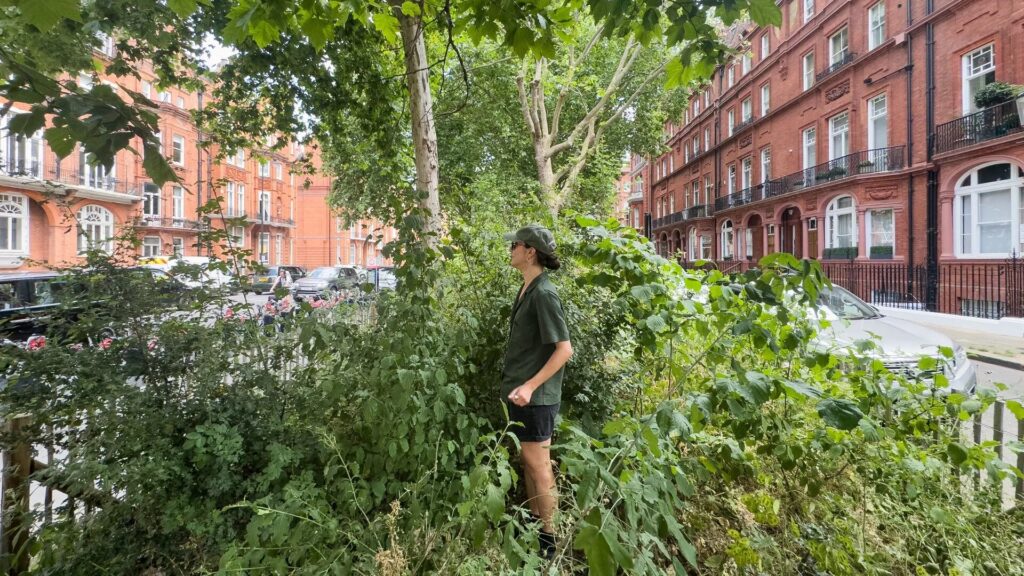In the heart of the metropolis, between the asphalt and the skyscrapers, an ecological revolution is silently advancing. The microforests, small densely wooded spaces that occupy just nine square meters, are gaining ground as an effective solution for bringing nature back into cities.
Inspired by the Miyawaki techniquedeveloped in the 1970's by the Japanese botanist Akira MiyawakiThese green spaces are growing rapidly, offering a refuge for the biodiversity and improve the quality of life in urban environments, highlights an article from Euronews.
The importance of these microforests becomes critical in a world where more than 85% of the population lives on urban areas and where the deforestation has affected millions of hectares of forest in recent decades.
Organizations such as Earthwatch Europe y SUGi have already planted hundreds of these "pocket forests" in cities all over the world, from London to Madrid, demonstrating its effectiveness for restore soils, purify the air y attract hundreds of species of flora and fauna in just a few years.
But the benefits are not only ecological. These spaces also have a significant impact on the communities that surround them, highlights Elise Van Middelem.
SUGi's director explains that microforests foster human connection and emotional well-being, reducing stress and offering a natural refuge in the midst of urban bustle, and have also become an educational tool for new generations, with projects in schools that involve thousands of children in the planting and care of these forests.
"They become magnets for human connection . People rest during the heat of the day or visit to read a book; at other times, the forest becomes a place for dancing, learning, debate and leisure. They are self-sufficient within two to three years from an ecological standpoint, but on a much deeper level, community members become stewards of the land itself," he stresses.
Van Middelem adds that these spaces offer children a unique opportunity to interact with nature and see how their actions can have tangible environmental results, so it is essential to engage the next generation with nature, because to protect and care for it, it is necessary to feel a connection with it.
Despite the benefits of the urban microforestsIn addition, cultivation in cities also poses problems.
Exposure to pollutants, high temperatures and drought can impede deep root growth and increase the likelihood of disease, says Cities4Forestsa global alliance that supports nature in cities.
Van Middelem says that it is also a challenge to obtain the support of the communities for the cultivation of microforestsTherefore, it is necessary to effectively engage community stakeholders and gain buy-in from residents.
Source: Euronews


